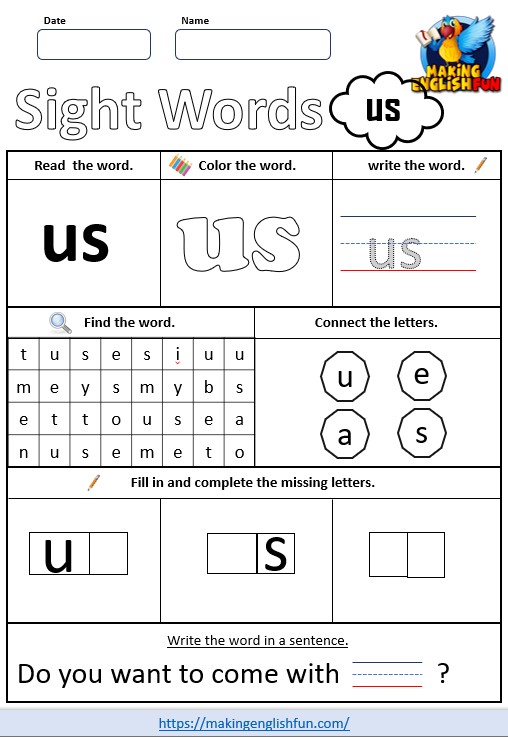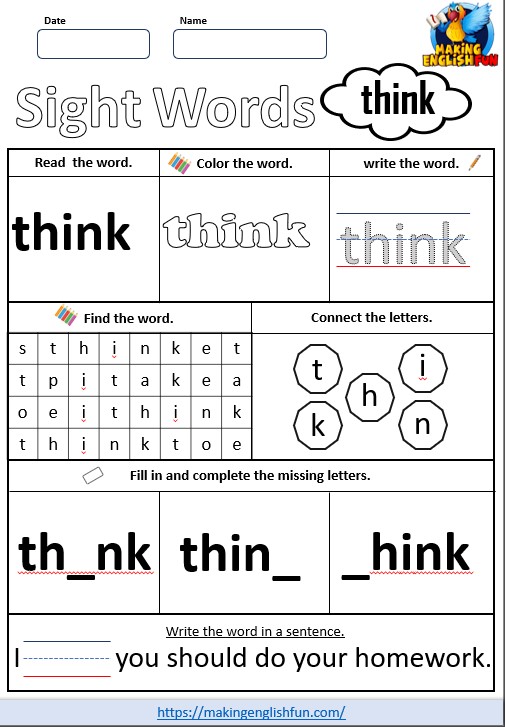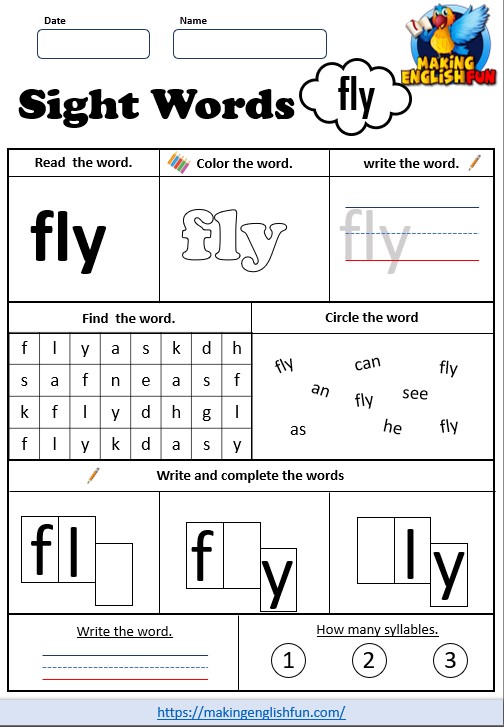What is the Flipped Classroom Learning Strategy?
Flipped Classrooms represent a significant shift in the education, moving away from traditional lecture-based instruction to an interactive, student-centered approach.
The Flipped Classroom inverts the typical classroom setting by delivering instructional content outside of the classroom and moving activities, including those that may have traditionally been considered homework, into the classroom.
This article will explore the flipped classroom model, its foundational theories, implementation strategies, and the potential it holds for changing learning experiences across many educational settings.
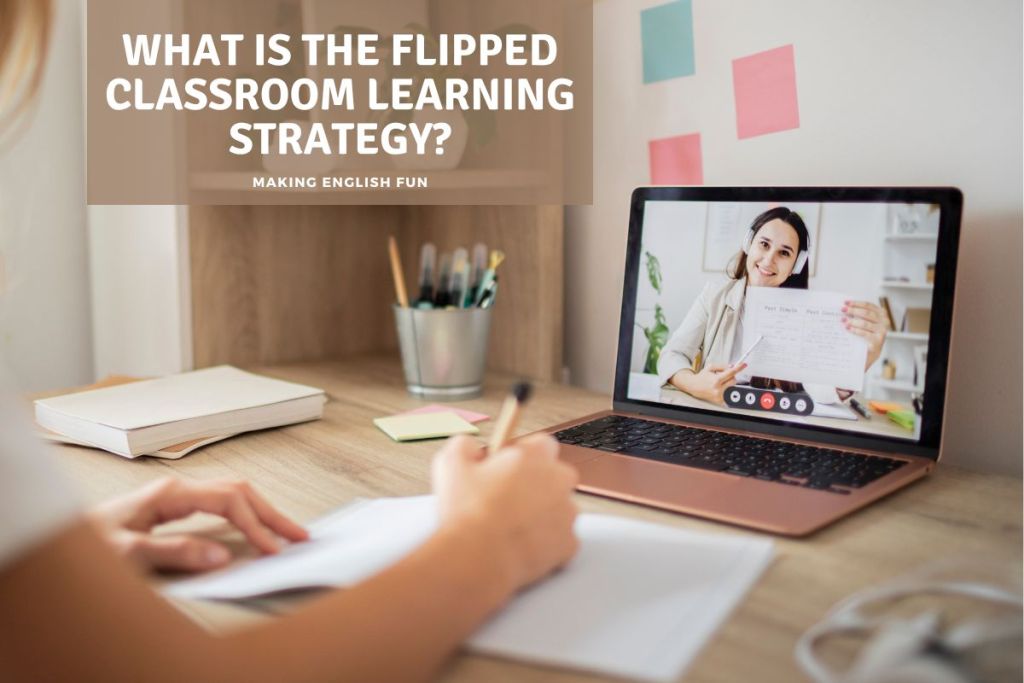
Understanding Flipped Classrooms
Flipped Classrooms reverse the traditional learning environment by delivering instructional content, often online, outside of the classroom, and engaging in interactive activities during class time.
- Core Concept: At its core, the flipped classroom model focuses on using class time for engaging in hands-on learning activities, discussions, and personalized teaching.
- Objectives: The main objectives include enhancing student engagement, promoting active learning, and providing students with opportunities to apply concepts in a collaborative setting.
This approach to learning redefines the role of educators and students, emphasizing active participation and self-directed learning.
Table: Key Aspects of the Flipped Classroom Model
| Aspect | Details about the Flipped Classroom Model |
|---|---|
| Definition | An instructional strategy that reverses the traditional learning environment by delivering instructional content outside of the classroom and moving activities into the classroom. |
| Core Elements | Pre-class learning (e.g., videos, readings), interactive and collaborative in-class activities, and effective use of technology. |
| Benefits | Increased student engagement, enhanced learning outcomes, more effective use of class time, and personalized support. |
| Challenges | Ensuring access to technology, motivating student participation, and adapting to the new teaching and learning model. |
| Implementation | Creating engaging pre-class materials, designing interactive in-class sessions, utilizing technology, and preparing teachers for new roles. |
| Application in Different Contexts | Adaptable across various educational levels, from primary education to professional training, with appropriate adjustments in content and complexity. |
Theory Behind Flipped Classrooms
The flipped classroom model is supported by several educational theories that emphasize active and student-centered learning:
- Constructivist Theories: These theories advocate that learners construct knowledge through experiences and interactions, which aligns with the hands-on, collaborative activities in a flipped classroom.
- Bloom’s Taxonomy: The flipped model supports higher-order thinking skills, such as analysis, synthesis, and evaluation, by using class time for complex tasks while foundational knowledge is acquired outside of class.
These theories provide a pedagogical basis for the flipped classroom, underscoring its focus on enhancing critical thinking and deep learning.
Key Elements of Flipped Classrooms
Implementing a flipped classroom involves several essential components:
- Pre-Class Learning: Students engage with lecture videos, readings, or other instructional materials at home or outside of class time.
- In-Class Activities: Class time is devoted to exercises, group projects, discussions, and problem-solving tasks that build on the pre-class learning.
- Technology Integration: Effective use of technology is vital for delivering content and facilitating learning activities.
- Teacher’s Role: Instructors transition from traditional lecturers to facilitators and guides, focusing on enriching and supporting the learning process during class time.
These elements collectively contribute to the unique and dynamic nature of the flipped classroom model.
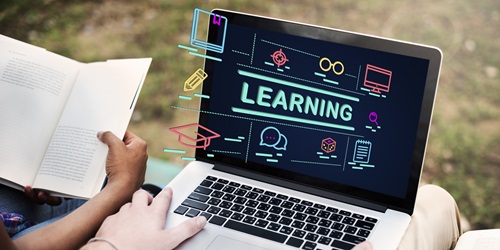
Benefits of Flipped Classrooms
Flipped Classrooms offer several significant benefits that enhance the teaching and learning experience:
- Increased Student Engagement: The interactive nature of in-class activities promotes higher student engagement and participation.
- Enhanced Understanding: Students often gain a deeper understanding of material through active learning experiences and collaborative problem-solving.
- Personalized Learning: Flipped classrooms allow teachers to provide more individualized attention and support, catering to diverse learning styles and paces.
These advantages highlight the flipped classroom model’s capacity to create a more engaging and effective learning environment.
Implementing Flipped Classrooms
Successfully implementing a flipped classroom model requires thoughtful planning and a shift in instructional strategies:
Creating Engaging Pre-Class Materials: Develop or curate engaging and informative content for students to engage with outside of class, such as videos, readings, and interactive modules.
Designing Interactive Class Sessions: Plan in-class activities that encourage application, analysis, and synthesis of the learned material, such as discussions, projects, and experiments.
Utilizing Technology Effectively: Leverage digital tools and platforms to facilitate both out-of-class learning and in-class activities.
Teacher Preparation and Training: Educators may need training and support to effectively transition to this new teaching model, focusing on facilitation and guidance rather than traditional lecturing.
Implementing the flipped classroom model can transform traditional educational practices, making learning more interactive, student-centered, and adaptable to individual needs.
Challenges and Solutions
Adopting the flipped classroom model comes with its own set of challenges, which require thoughtful solutions:
- Access to Technology: Ensuring all students have access to necessary technology and internet for pre-class learning is crucial.
- Solution: Schools and educators can provide resources or alternatives for students lacking access, and incorporate offline activities when necessary.
- Student Participation: Motivating students to complete pre-class work can sometimes be challenging.
- Solution: Develop engaging and interactive pre-class materials and clearly communicate their relevance to in-class activities.
- Adjustment Period: Both students and teachers may require time to adapt to this new model of learning and teaching.
- Solution: Offer guidance and support, and be flexible during the transition period, allowing for feedback and adjustments.
Addressing these challenges is essential for the successful implementation of the flipped classroom model.
Flipped Classrooms in Different Educational Contexts
The flipped classroom model can be adapted and applied across various educational settings:
- Primary Education: Use simple, engaging videos or activities for home learning, followed by interactive group activities in class to reinforce concepts.
- Secondary Education: Implement more complex pre-class assignments, such as readings or research, with in-class discussions, labs, or project work.
- Higher Education: Leverage advanced digital resources for pre-class learning and use seminar-style or workshop-based approaches in class to deepen understanding.
- Professional Training and Adult Education: Apply the model to facilitate continuous learning, using online modules for theory and in-person sessions for practical application.
Conclusion
The flipped classroom model is a progressive educational approach, redefining the traditional dynamics of teaching and learning.
By inverting the conventional classroom structure, it fosters an environment where active learning and student engagement are put at the forefront.
This approach not only enhances students’ understanding and retention of material but also cultivates critical thinking, problem-solving skills, and a deeper sense of ownership over their learning journey.
It encourages educators to rethink their role, shifting from being the primary source of information to facilitators of deeper, more meaningful learning experiences.

